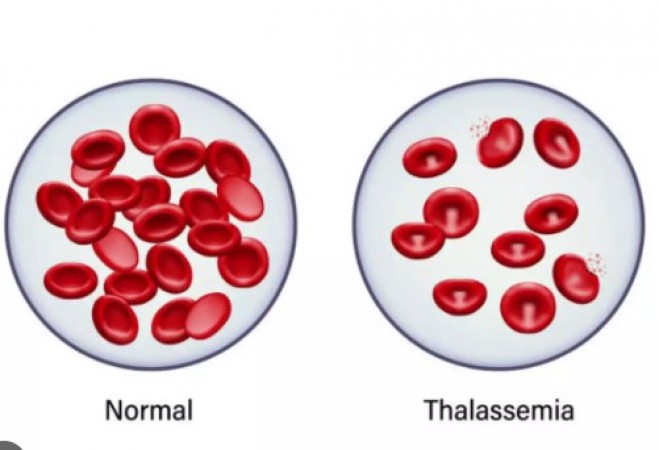Thalassemia, a genetic blood disorder, primarily affects children, posing significant health challenges. Recognizing the symptoms early is crucial for effective management. Let's delve into the types of thalassemia and how to identify them in the initial stages.
Understanding Thalassemia: A Genetic Blood Disorder
Thalassemia encompasses a group of inherited blood disorders characterized by abnormal hemoglobin production, leading to anemia. This condition affects the production of red blood cells, impairing oxygen transportation throughout the body.
Types of Thalassemia:
-
Alpha Thalassemia:
- Alpha thalassemia results from impaired production of alpha globin chains, crucial components of hemoglobin.
- Severity varies, ranging from silent carriers with no symptoms to Hemoglobin H disease and Hydrops fetalis in newborns.
-
Beta Thalassemia:
- Beta thalassemia stems from defects in beta globin chain synthesis, affecting hemoglobin production.
- It ranges from asymptomatic carriers to thalassemia major, a severe form requiring regular blood transfusions.
Identifying Thalassemia in Children: Early Signs and Symptoms
1. Fatigue:
- Children with thalassemia may exhibit persistent fatigue due to reduced oxygen levels in the blood, impacting energy levels.
2. Pale Skin and Jaundice:
- Paleness and yellowing of the skin and eyes (jaundice) can indicate anemia and liver dysfunction, common in thalassemia.
3. Slow Growth and Development:
- Thalassemia can hinder normal growth and development in children, manifesting as delayed milestones or stunted growth.
4. Abdominal Swelling:
- Enlargement of the spleen and liver, leading to abdominal swelling or discomfort, is a characteristic feature of thalassemia.
5. Bone Deformities:
- Severe thalassemia may cause bone deformities, particularly in the face and skull, due to expanded bone marrow.
6. Frequent Infections:
- Reduced oxygen-carrying capacity of blood predisposes children to frequent infections, as the immune system may be compromised.
7. Anemia-related Symptoms:
- Symptoms such as weakness, dizziness, and shortness of breath can indicate anemia associated with thalassemia.
8. Family History:
- A family history of thalassemia increases the risk for children. Screening is advisable for families with a known history of the disorder.
Diagnostic Approaches:
1. Blood Tests:
- Hemoglobin electrophoresis helps identify abnormal hemoglobin variants indicative of thalassemia.
- Complete blood count (CBC) reveals anemia and abnormal red blood cell indices.
2. Genetic Testing:
- Molecular genetic testing detects specific mutations associated with thalassemia, aiding in accurate diagnosis and genetic counseling.
3. Prenatal Screening:
- Prenatal testing, including chorionic villus sampling (CVS) or amniocentesis, enables early detection of thalassemia in the fetus.
Early detection of thalassemia in children is essential for timely intervention and management. Understanding the signs and symptoms facilitates prompt diagnosis, ensuring appropriate medical care and support for affected individuals and their families.
The Role of Essential Nutrients in Thalassaemia Prevention
Changing Lives. Shaping Tomorrow: How to Honor Nurses on International Nurses Day 2024
Mangoes are good... but if you eat more than this then there is a problem
